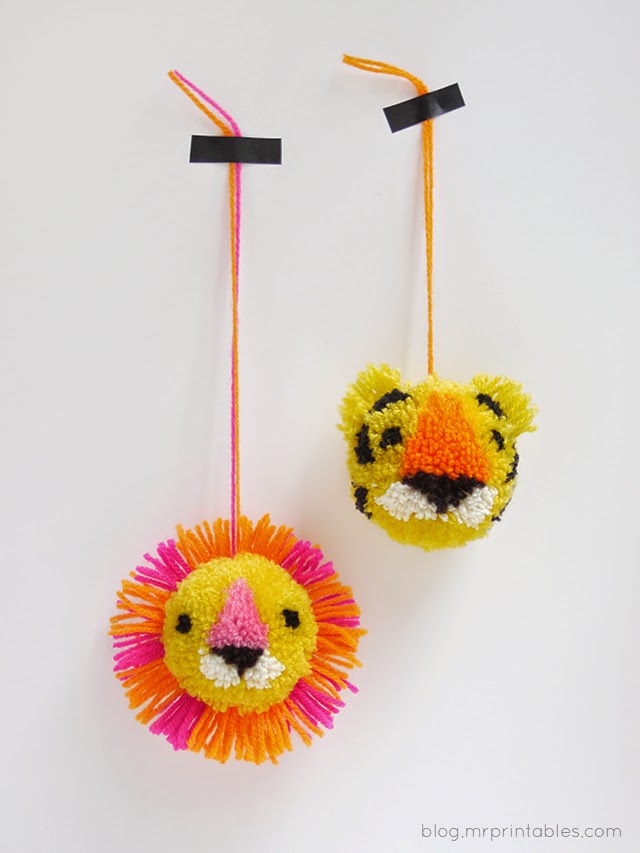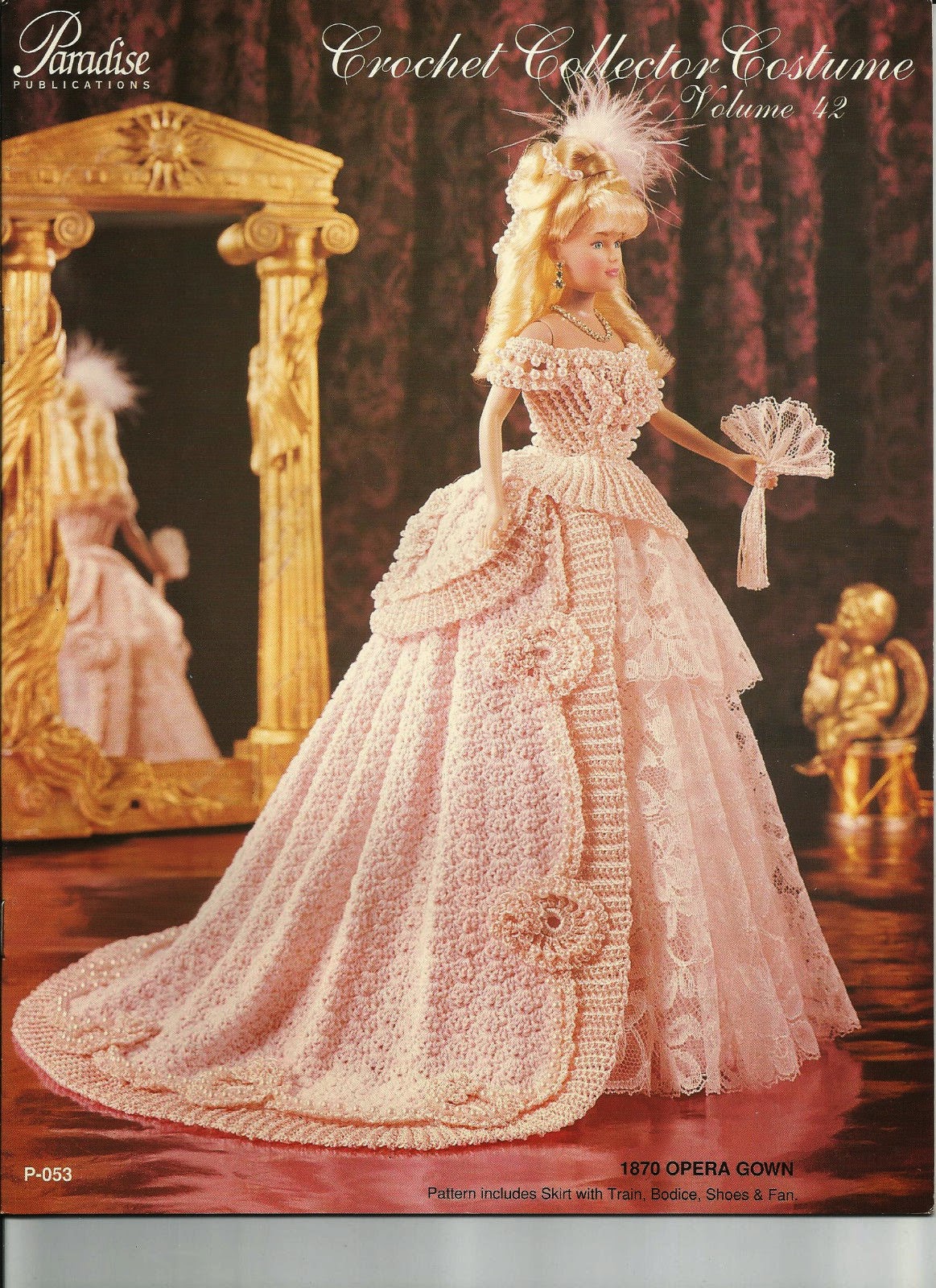среда, 24 декабря 2014 г.
пятница, 19 декабря 2014 г.
воскресенье, 7 декабря 2014 г.
Cristmas decoration
პაწაწინა ხურჯინი საახალწლო საჩუქრებისთვის.
Litle Christmas bag.
..ახალი წლის ჯადოსნურ ღამეს. თუ
ბალიშის ქვეშ შეჰყოფ პატარა ხელს,
ნაახააავ ჯადოსნურ საჩუქრეებს.
მეც მინდა რომ ვიყო შენთან''
ჩიჩილაკი
Georgian traditional Christmas Tree - ..Chichilaki''
Georgian National Christmas Tree - Chichilaki crochet according to my design
Christmas Table decoration.
ხელნაკეთი ჩიჩილაკი, - შესრულებულია ჩემი დიზაინით.
სადგამის გაკეთების წესი ნაჩვენებია ქვემოთ, კოლაჟის სახით. ის საერთოა ორივე ნიმუშისთვის. მხოლოდ გაფორმებაა განსხვავებული.
Burlap Christmas Tree. Tutorial
четверг, 16 октября 2014 г.
понедельник, 6 октября 2014 г.
воскресенье, 7 сентября 2014 г.
воскресенье, 31 августа 2014 г.
среда, 13 августа 2014 г.
Making Flower Pom-poms with a DIY Pom-pom maker
I've founded this tutorial for creating beautiful pompoms in the that blog. I want to find time to try to make such pompoms myself.
воскресенье, 10 августа 2014 г.
пятница, 8 августа 2014 г.
Embroidered Buttons
ხელნაკეთი ღილები.
Here are three ways to add embroidery to fabric-covered buttons, thurning them from simple button to art piece in less than an hour. Three different techniques make three beautiful buttons. Top: Bunny, following the pattern from a bunni-printed fabric. Middle: Poppy, a freehand drawing. Bottom: Lasy Daisies and French knots.
Here are three ways to add embroidery to fabric-covered buttons, thurning them from simple button to art piece in less than an hour. Three different techniques make three beautiful buttons. Top: Bunny, following the pattern from a bunni-printed fabric. Middle: Poppy, a freehand drawing. Bottom: Lasy Daisies and French knots.
четверг, 31 июля 2014 г.
Crochet Dresses for Barbie Doll Paradise
From http://www.ebay.com/
http://stores.ebay.com/Bobbys-Curiosity-Shoppe?_trksid=p2047675.l2563
1830 Tailor's Daughters Button Bride for Barbie Paradize .
http://www.ebay.com/itm/1830-Tailors-Daughter-Button-Bride-Barbie-Paradise-71-Crochet-PATTERN-/310961435414?pt=US_Crocheting_Knitting_Patterns&hash=item4866bef316
Crochet Collektor Costume 1870 Opera Gown for Barbie Doll Paradize.
http://stores.ebay.com/Bobbys-Curiosity-Shoppe?_trksid=p2047675.l2563
1830 Tailor's Daughters Button Bride for Barbie Paradize .
http://www.ebay.com/itm/1830-Tailors-Daughter-Button-Bride-Barbie-Paradise-71-Crochet-PATTERN-/310961435414?pt=US_Crocheting_Knitting_Patterns&hash=item4866bef316
Crochet Collektor Costume 1870 Opera Gown for Barbie Doll Paradize.
среда, 23 июля 2014 г.
«Flora Danica» 4
PIPES
The birthday presentAnd what does that have to do with pipes?
Well, for a period of about 15 years, from 1970 to mid 80’s, the Royal Porcelain factory produced some very interesting and unique porcelain pipes with very special smoking characteristics.
In 1969 the Danish King Frederik 9 celebrated his 70 anniversary. On the Royal Porcelain factory they considered what to give the King as present. Frederik 9 was known as an enthusiastic pipe smoker and a board member of company suggested that the factory should make a porcelain pipe similar to the modern briar pipe.
Two pipes and a tobacco jar were created and presented to the King. The making of these two pipes turned out so well that the factory decided to start a mass production of porcelain pipes.
http://www.danishpipemakers.com/articles/porcelain/porcelain.html
среда, 19 марта 2014 г.
вторник, 18 марта 2014 г.
понедельник, 17 марта 2014 г.
Made in ''Occupied Japan''
.JPG) ''დამზადებულია ოკუპირებულ იაპონიაში''
''დამზადებულია ოკუპირებულ იაპონიაში''მეორე მსოფლიო ომის დამთავრების შემდეგ დადებული ხელშეკრულების თანახმად, იაპონიაში წარმოებული საექსპორტო პროდუქციის 50%-ზე საფირმო ნიშნის სახით აუცილებელი იყო შემდეგი ფრაზის გამოყენება: ''დამზადებულია ოკუპირებულ იაპონიაში'' , 1945-დან 1955 წლის ჩათვლით. ეს გადაწყვეტილება მიღებულ იქნა, იაპონიის სრულიად განადგურებული ეკონომიკის განვითარების ხელშეწყობის მიზნით.
სხვაგვარად პროდუქციის ექსპორტირება შეუძლებელი იქნებოდა, რადგან იაპონიაში წარმოებულ პროდუქციას არავინ შეიძენდა - ''იმიტომ რომ ისინი ცუდი ბიჭები არიან''
დღეს ეს პროდუქცია კოლექციონერებს შორის დიდი პოპულარობით სარგებლობს, განსაკუთრებით ფაიფურის ნაწარმი - ჭურჭელი, დეკორატიული ფიგურები, ე.წ. ''სტატუეტკები''. მათ შორის ზოგიერთი არაფრით ჩამოუვარდება კლასიკურ თანამოძმეებს.
''Occupied Japan'' [OJ] is a therm for the time period from 1945[After WorldWar II] througth April 25, 1945; it was during this time Allies ''Occupied'' Japan. As Japan neded to rebuld their economu after the war, part of the agreement to allow them to export goods out of their countru was that they had to mark 50% of all ithems with ''Occupied Japan'' or ''Made in Occupied Japan''.
Подписаться на:
Сообщения (Atom)


























.jpg)




.jpg)
.jpg)

.JPG)














